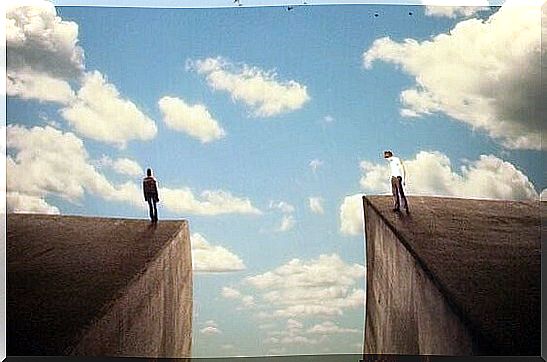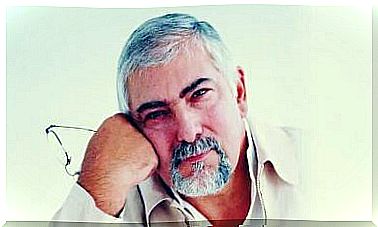7 Keys To Managing Stress

Stress is one of the great evils of the contemporary world, especially in more developed countries. It’s not easy to stay calm in a world that runs at breakneck speeds thanks to technology. Nor is it easy to tolerate large doses of noise and hostility in big cities. As much as there are people who have a great capacity to adapt, managing stress is not an easy task.
In the medium and long term, stress causes serious damage to both the mind and the body. Many physical illnesses result from this uncomfortable state. Likewise, stress blocks, does not allow for clear thinking and can affect human relationships.
As long as it’s not a very serious case, you can manage stress using a few simple measures. It all comes down to taking a break and applying one or more of the tricks we’ll tell you next.

Recognizing stress is not as easy as it might first appear. Often we can only perceive it when it reaches a high level. Stress manifests itself physically and emotionally. It can have an increasing intensity or remain stable.
The physical signs of stress are muscle tension, especially in the jaw, neck, and shoulder area. There is also tension in the face and the lips are usually tight. Emotionally there is a feeling of irritation, mixed with anguish. These sensations tell you it’s time to stop.
Breathing is a means that is available and can be applied at any time or situation to manage stress. It is an excellent mechanism for regaining serenity. Slow, rhythmic breathing has been shown to activate the vagus nerve. This moderates the responses to stress.
Just get into the most comfortable position possible and start inhaling very deeply. Try to notice how your lungs fill with air. Then exhale very slowly. In just two or three minutes, your stress level will be reduced.
Stress is associated with attack or flight responses. That is why, the moment attention is presented, they are directed to the focuses that gave rise to the tension. The more you fix your mind on these sources of restlessness, the more stressed you will feel.
That is why it is urgent that you strive to divert attention. Look at some object that is around you. Try to describe it mentally, in as much detail as possible. Then repeat the same exercise with two other objects. This will help manage your stress, regulating your impulses and expanding your immediate emotional perspective.

Images communicate sensations and impregnate them in observers. That’s why it’s good that you always have at hand some photograph or painting that has a relaxing image. The most appropriate are landscapes, especially if they are from lonely places, cold weather and lots of green or lots of water.
When you feel that there is a lot of stress, looking at these images is a great help for you to be able to relax. It’s also a way to focus your mind on something pleasant, which has the effect of lessening restlessness.
Sometimes, knowing you have stress, stresses you out more. You detect that you feel a lot of anguish and want to get rid of it as quickly as possible. As it’s not always easy, it disturbs you more instead of calming you down. That’s why it ‘s important that, when identifying and accepting that we have stress, we put in place a series of useful mechanisms to reduce it, not costly and frustrating strategies that will only increase this level of activation.
Try to recognize all the expressions this state produces in you. How is your body? What posture are you taking? How is your heartbeat? What kinds of thoughts come to your mind? These and other such questions will help you reinterpret how you feel. When this happens, the feeling of tension gradually dissipates.

You should know that there are stress postures and anti-stress postures. The first ones are, for example, to sit and cross your legs in a curled way. Also move one leg, or both, at a fast, steady pace. The back is more bent and the muscles in the face are very tense.
If you stand up straight with your back straight and make movements with your face, it will help you reduce stress. It is a position that brings confidence and security. According to a Health Psychology study , this position also inhibits cortisol production.
Closing the fists of both hands very tightly and then stretching them has been proven to help reduce stress. It is an aggressive gesture and, for this very reason, it helps to release tension in moments of great restlessness.
All these little tricks are really very effective for managing stress. It’s normal to feel tension in a world like today, especially if we live in big cities. The important thing is that we don’t let stress invade us and apply the tools to control it when it’s there.










